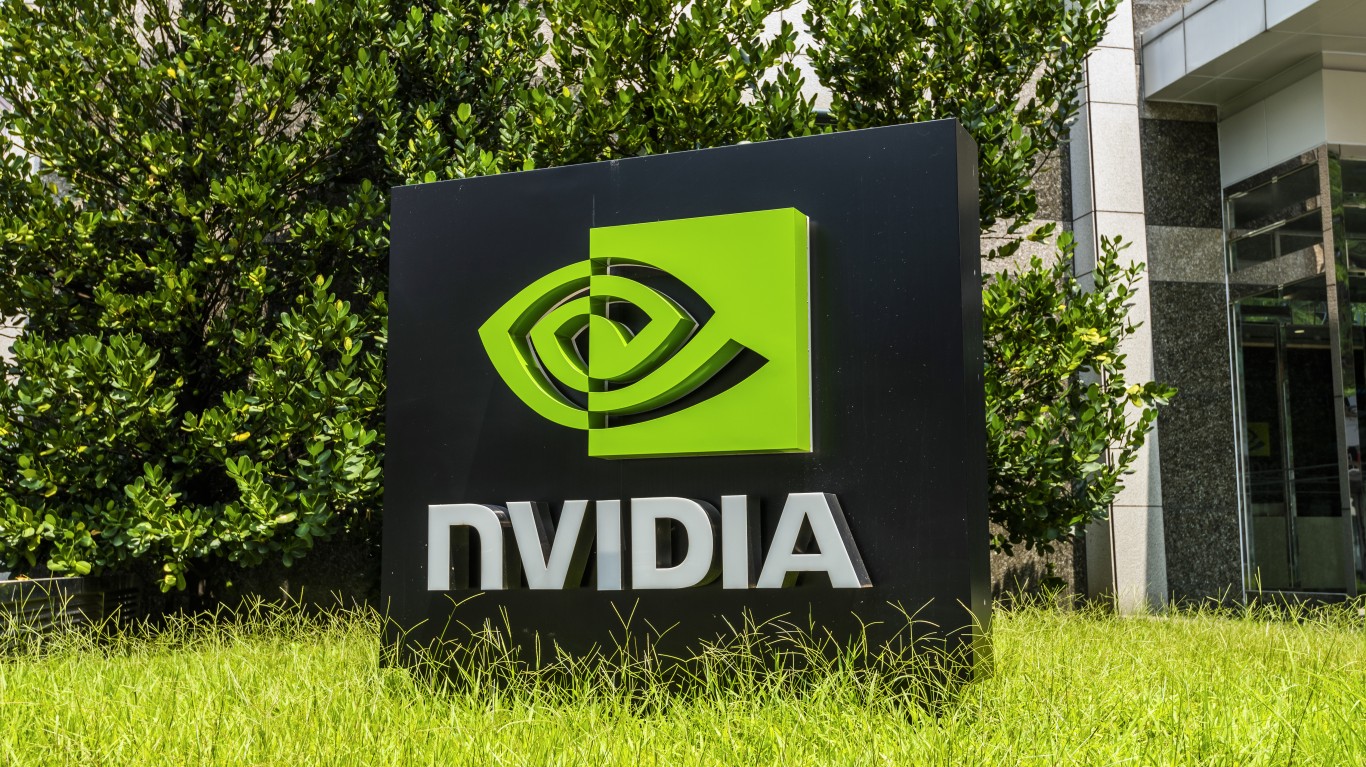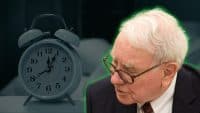SPDR Barclays High Yield Bond (NYSEMKT: JNK) is probably one of the first places that investors will see the fallout if and when the junk bond market ever really falls apart. That being said, the price of $40.50 on Tuesday compares to a 52-week range of $39.14 to $41.82. This exchange traded fund (ETF) yields over 5%, and the junk bond ETF has pulled back only just over 3% from its high.
There is also the iShares iBoxx High Yield Corporate Bond (NYSEMKT: HYG) ETF. It also yields in excess of 5%. At $92.40 in early Tuesday trading, this ETF is also down only just over 3% from its highs.
ALSO READ: Yellen Sees Social Media, Biotech, Junk Bonds and Leveraged Loans Overvalued
So, here are a couple of things to consider. The junk bond composite spread from S&P each day has already widened out handily — almost 70 basis points in just over a month. And still, the junk bond ETF is down only 3%. Another consideration is that Merrill Lynch has said in a new Relative Value Strategist report that “this too shall pass,” saying that the recent sell-off (particularly in high-yield) appears to be about decidedly high valuations meeting a confluence of risk-off circumstances.
Last Friday was shown to have a large outflow of $3 billion from retail funds. Merrill Lynch said, “While fundamentals in high yield are little changed since the sell-off began, retail investors have been deserting the asset class at an unexpectedly rapid pace.”
So, what investors have to consider now is whether the spread in high-yield bonds has widened out enough. For an index of bonds to see spreads widen out by almost 70 basis points in just over a month is far from normal.
Here are just some of the spread notes from Standard & Poor’s regarding the Speculative-Grade Composite Spread (Dow Jones headlines, Bps = basis points):
- 8/04 S&P Speculative-Grade Composite Spread Widens To 451 Bps
- 8/01 S&P U.S. Speculative-Grade Composite Spread Widens To 430 Bps
- 7/30 S&P U.S. Speculative-Grade Composite Spread Expands To 422 Bps
- 7/28 S&P U.S. Speculative-Grade Composite Spread Expands To 418 Bps
- 7/25 Speculative-Grade Composite Spread Narrows To 415 Bps
- 7/25 Speculative-Grade Composite Spread Tighter Than Its One-Year Moving Average of 442 Bps
- 7/16 Speculative-Grade Composite Spread Widens To 401 Bps
- 7/10 Speculative-Grade Composite Spread Widens to 395 Bps
- 7/09 S&P Speculative-Grade Composite Spread Widens To 392 Bps
- 7/08 S&P Speculative-Grade Composite Spread Widens To 387 Bps
- 7/07 S&P Speculative-Grade Composite Spread Narrows To 385 Bps
Seeing an asset class as widely held as junk bonds have its spread over Treasury yields widen out this much in such a short period is symbolic that investors are fleeing the asset class. That being said, it likely means that dealers have also backed away from bids because they don’t want to get stuck. That in turn is when value investors often come in.
Lastly, a piece from Goldman Sachs predicts that when rates start to rise, the 10-year Treasury will rise in yield from 2.5% to as high as 4.5% by 2018. Over the same period, equities are expected to rise 6% per year. The return for the 10-year is expected to be just 1% when you factor in a slow rise in interest rates.
Investors need to recall that junk bonds as an asset class often act more like stocks than bonds. That is certainly true during periods of economic uncertainty. So, if rates rise steadily but slowly, and if stocks rise at an average of 6% per year, it could actually end up being a decent time for junk bonds.
ALSO READ: It Is Not Too Late to Crash-Proof Your Portfolio for the Rest of 2014
Here is the big question to ask yourself yet again: What if junk bonds simply do not tank?
Everyone seems to think that rising interest rates are universally bad. In this case, a rising rate environment under Fed Chair Janet Yellen that is slowly returning to a lower sort of normalcy might not be the same as the sort of shock rate hikes we saw back in 1994 when a man named Alan Greenspan put the pedal to the metal on rate hikes.
It’s Your Money, Your Future—Own It (sponsor)
Are you ahead, or behind on retirement? For families with more than $500,000 saved for retirement, finding a financial advisor who puts your interest first can be the difference, and today it’s easier than ever. SmartAsset’s free tool matches you with up to three fiduciary financial advisors who serve your area in minutes. Each advisor has been carefully vetted and must act in your best interests. Start your search now.
If you’ve saved and built a substantial nest egg for you and your family, don’t delay; get started right here and help your retirement dreams become a retirement reality.
Thank you for reading! Have some feedback for us?
Contact the 24/7 Wall St. editorial team.






